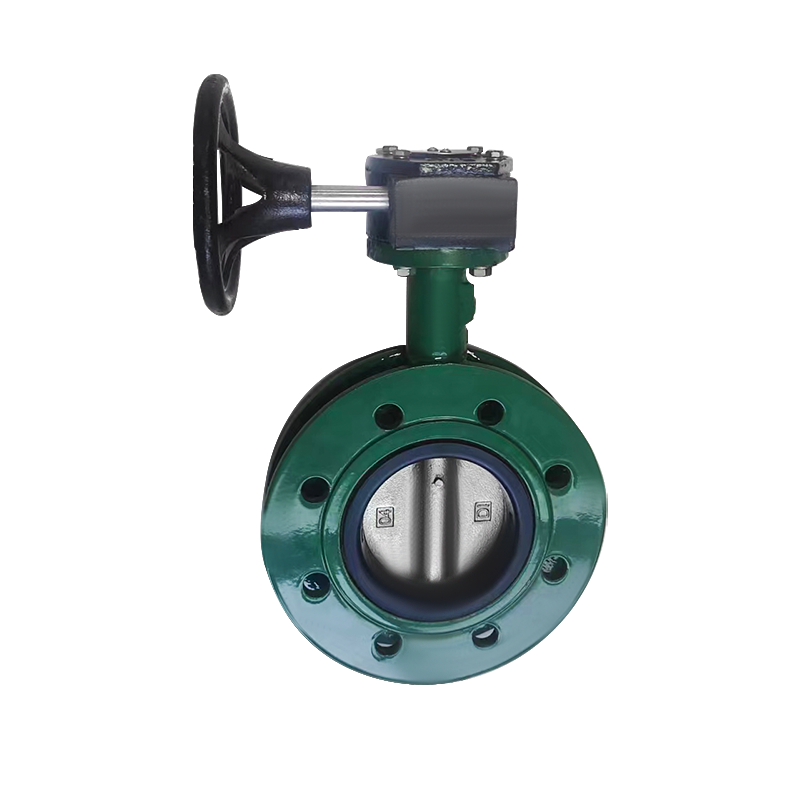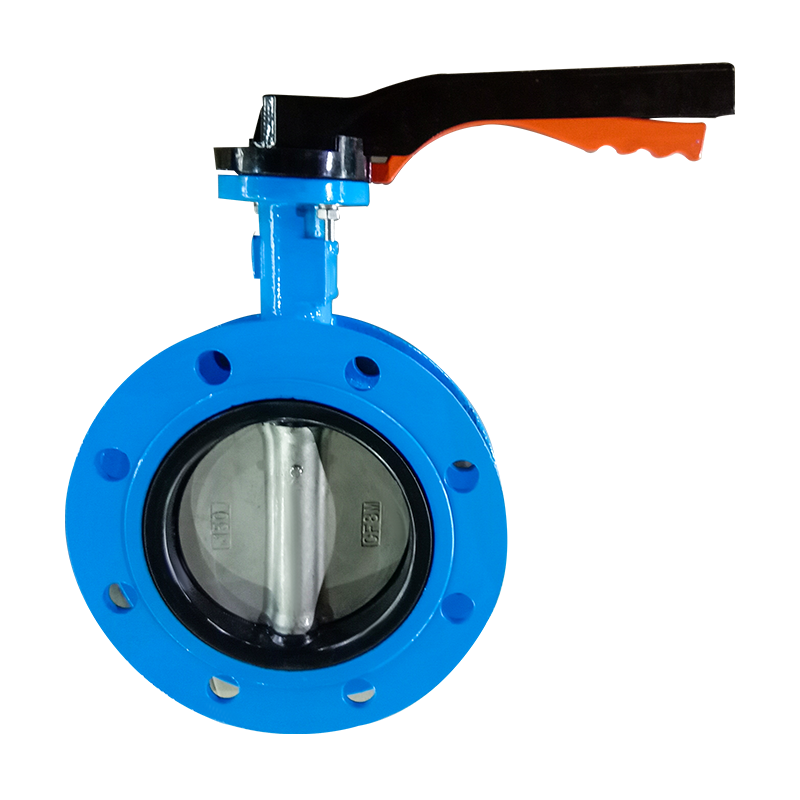
- Call Us
- +8618633052223
- njhdvlz@163.com
જુલાઈ . 29, 2025 20:00 Back to list
High-Quality 2 Inch Butterfly Valve for Precise Flow Control
As one of the essential components in modern fluid control systems, the 2 inch butterfly valve has witnessed significant technological evolutions, extensive cross-sector deployments, and ever-higher compliance standards in recent years. This in-depth analysis will address the market trends, technical parameters, manufacturing process, and application cases surrounding the 2 in butterfly valve alongside comprehensive industry data and authoritative product comparisons.
- Global Market Size: According to MarketsandMarkets, the industrial valves market is estimated to exceed $85 billion by 2028 (Source), with butterfly valves occupying a ~22% share.
- Application Expansion: Usage is intensifying in power, oil & gas, water treatment, and chemical processing, driven by increasing automation and demand for anti-corrosive solutions.
- Customization Surge: China, as the global manufacturing hub, especially demonstrated a steep increase in OEM/ODM demands for 18 inch butterfly valve and 16 inch butterfly valve products to fit various industry-specific requirements.
- Certifications as Differentiators: Valves compliant with API, ISO, and ANSI standards now dominate tendering and procurement processes worldwide.
- Sustainability & Digitalization: Extended service life, energy efficiency, and integrated sensor feedback (e.g., for predictive maintenance) are becoming critical purchasing factors.
| Specification | 2 inch butterfly valve | 16 inch butterfly valve | 18 inch butterfly valve |
|---|---|---|---|
| Nominal Diameter (DN) | 50 mm (2") | 400 mm (16") | 450 mm (18") |
| Standard Interface | ANSI 150#/PN16 | ANSI 150#/PN10/16 | ANSI 150#/PN10/16 |
| Pressure Rating | 10-16 bar | 10-16 bar | 10-16 bar |
| Material Options | Carbon Steel, Stainless Steel, Ductile Iron | Stainless Steel, Carbon Steel, Epoxy Coated Iron | Stainless Steel, Carbon Steel, Epoxy Coated Iron |
| Disc Material | SS 304/316, Nickel-plated Ductile Iron | SS 304/316, Duplex | SS 304/316, Nickel-plated Iron |
| Seat Material | EPDM, NBR, PTFE | EPDM, NBR, PTFE | EPDM, NBR, PTFE |
| Temperature Range | -20°C to 120°C | -10°C to 120°C | -10°C to 120°C |
| Typical Media | Water, Oil, Air, Slurry | Water, Wastewater, Gas | Water, Wastewater, Gas |
| Control Option | Manual, Electric, Pneumatic | Manual, Electric, Pneumatic | Manual, Electric, Pneumatic |
| Test Standards | ISO 5752, EN 593, API 609 | ISO 5752, API 609 | ISO 5752, API 609 |

Series F101, a U-Section Wafer Type Butterfly Valve engineered by Hongda Valve, stands out in the category of 2 inch butterfly valve for its optimal material construction, advanced manufacturing, and industry-leading compliance.
Discover details at: Product Page
- Body Material: High tensile ductile iron/CF8M stainless steel for extended anti-corrosion and mechanical strength
- Disc: Investment cast 316 stainless steel (or coated iron) for chemical resistance
- Seat: Replaceable EPDM/NBR/PTFE; compliant with FDA and WRAS water standards
- Design Standards: Fully conforms to API 609, ISO 5752, ANSI B16.1
- Testing: Each product tested under hydrostatic and pneumatic methods as per international standards
- Lifespan: Field data demonstrates a service life exceeding 50,000 cycles
- Industry Applications: Petrochemical, metallurgy, municipal water supply, HVAC, and marine engineering


- Wide range of actuator options (manual lever, gear, pneumatic, electric) for automation-grade plants.
- Zero Leakage Seat: Advanced elastomer design guarantees ≤10-6cc leak rate after 10,000 cycles (ISO 5208 class A).
- High compatibility with international flanges: ANSI, DIN, JIS, BS — ideal for cross-border engineering.
- Choice of FDA-compliant seat for drinking water, food, and pharma application.
- Fast lead time: Standard 2"-12" sizes 3-7 days, custom 16", 18" options 21-35 days due to forging & alloy prep.
- Direct OEM/ODM engineering for complex environments – seawater, high chlorides, slurries.
- Certification: API 609, ISO 9001:2015, WRAS potable water certified, CE marked for EU supply.
- Referenced by: China South-to-North Water Transfer Project, SINOPEC, Danfoss, and regional water boards.
- 3rd-Party Inspection: Intertek, SGS, Lloyd’s Register inspection available.
- Service Guarantee: Up to 36 months warranty, 10-year parts availability, rapid after-sales support (Service Policy).
- Standard Lead Time: 3-7 days (2"-12"), 21-35 days (customized 16"/18")
- Warranty: 36 months from date of dispatch; up to 10-year service parts support; warranty covers seat leakage, casting, operation failure.
- Documentation: All valves supplied with MTR (Material Test Report), pressure test certificate, and trace code.
- Customer Support: 24/7 engineering team consultation; remote and on-site commissioning on request. Dedicated online support: Contact Us
The 2 inch butterfly valve stands at the forefront of modern pipeline control, thanks to advancements in material science, manufacturing standards, and end-user customization. The Series F101 U-Section Wafer Type Butterfly Valve exemplifies the pinnacle of quality, reliability, and field versatility.
For ongoing research and professional community insights on butterfly valve development, see:
- Valve World Forum: https://www.valve-world.net/
- Hydraulic Institute Journal: https://www.pumps.org/
- Control Valve Handbook by Emerson, 5th Ed. (PDF)
-
Stainless Steel Sanitary Butterfly Valve for Hygienic Flow Control
NewsJul.30,2025
-
High-Performance Groove Butterfly Valve for Easy Installation
NewsJul.30,2025
-
High-Quality 2 Inch Butterfly Valve for Precise Flow Control
NewsJul.29,2025
-
Double Flanged Short Pattern Butterfly Valve for Reliable Flow Control
NewsJul.29,2025
-
High Quality Wafer Check Valve Factories – Reliable Manufacturer & Supplier
NewsJul.29,2025
-
Stainless Steel Sanitary Butterfly Valve for Hygienic Applications
NewsJul.28,2025